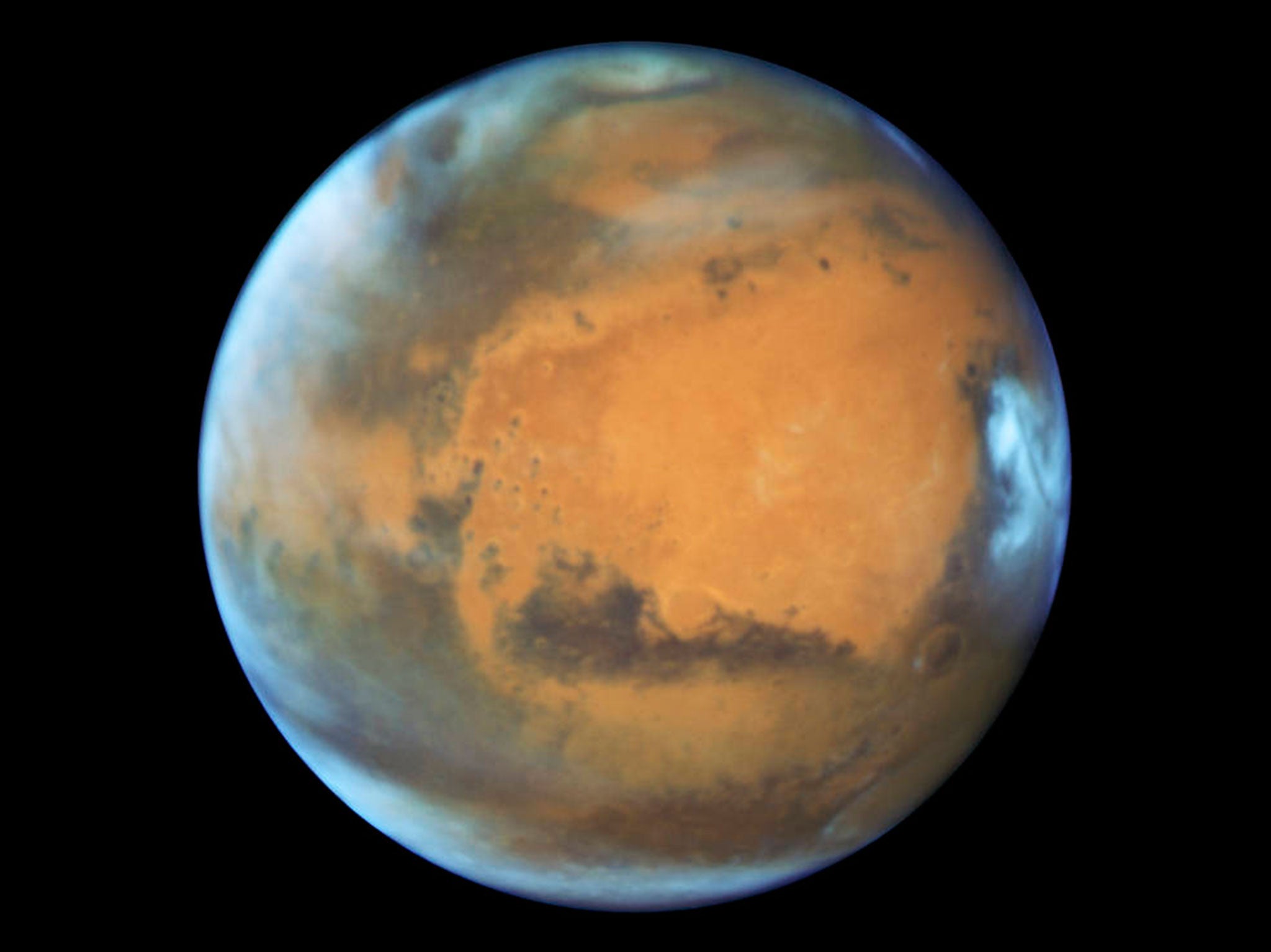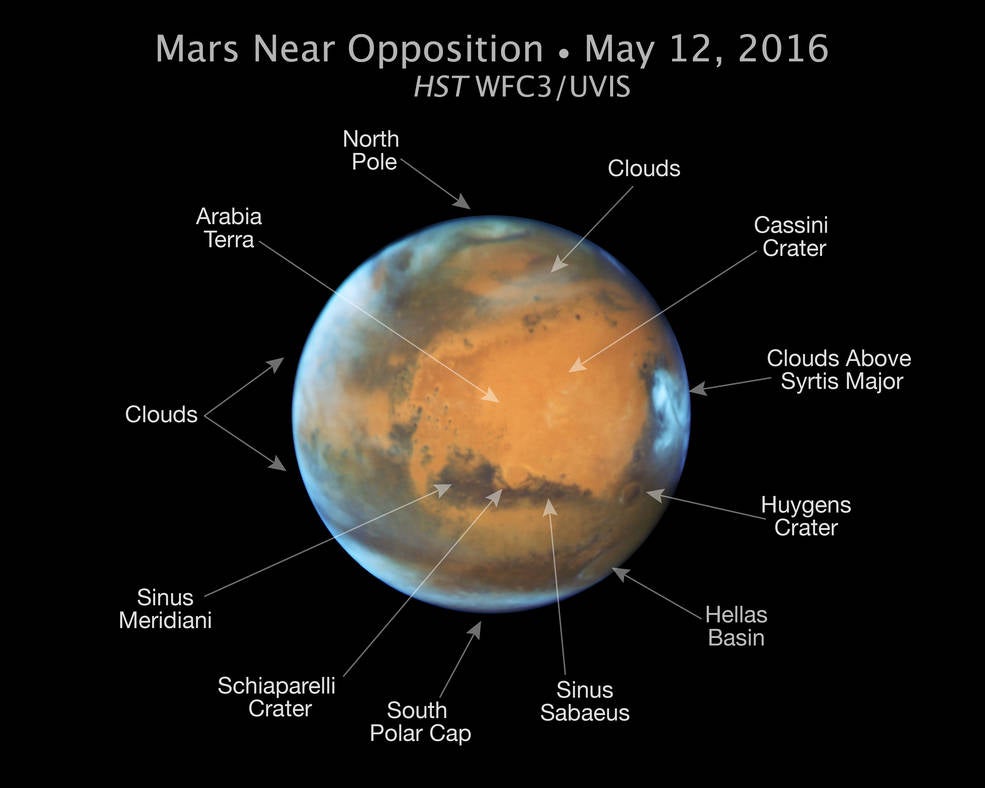Hubble Space Telescope: Super-detailed image of Mars released by Nasa
On 30 May, Mars will be the closest it has been to Earth in 11 years

Your support helps us to tell the story
From reproductive rights to climate change to Big Tech, The Independent is on the ground when the story is developing. Whether it's investigating the financials of Elon Musk's pro-Trump PAC or producing our latest documentary, 'The A Word', which shines a light on the American women fighting for reproductive rights, we know how important it is to parse out the facts from the messaging.
At such a critical moment in US history, we need reporters on the ground. Your donation allows us to keep sending journalists to speak to both sides of the story.
The Independent is trusted by Americans across the entire political spectrum. And unlike many other quality news outlets, we choose not to lock Americans out of our reporting and analysis with paywalls. We believe quality journalism should be available to everyone, paid for by those who can afford it.
Your support makes all the difference.The Hubble Space Telescope has captured one of the most detailed pictures of Mars ever taken.
The image, released by Nasa, is a real close-up of the Red Planet - its rust-coloured surface, white polar caps and drifting clouds are all clearly visible in the Hubble's picture.
Revealing details of the planet which are as small as 20 to 30 miles across, it shows some of the clearest images yet of Mars's geography.

The image's clarity is partly down to good timing. It was taken on 12 May, not long before the 'Mars opposition' on 22 May, when the planet and the Sun will be on the exact opposite sides of the Earth.
A year on Mars is almost twice the length of one on Earth, so periods when the planet is so well-illuminated are fairly uncommon.
You don't have to have the Hubble at your disposal to get great views of Mars at this time of year. As the planets align, Mars will come within 46.8 million miles of Earth on 30 May, the closest it has been in 11 years.
It'll be hard to beat the 2003 opposition, however, when Mars was only 34.6 million miles from Earth, the closest it had come in 60,000 years.
Join our commenting forum
Join thought-provoking conversations, follow other Independent readers and see their replies
Comments